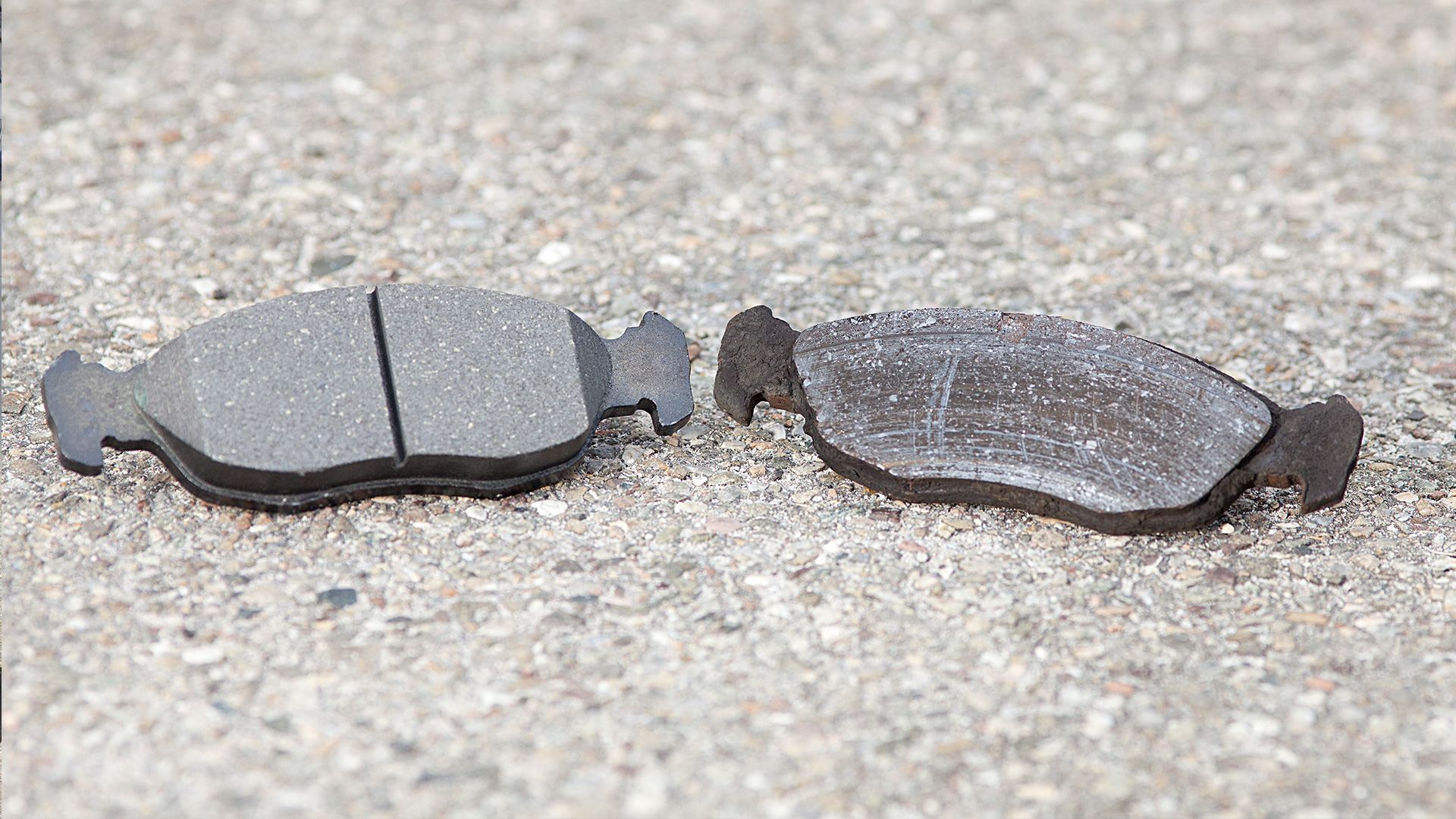Porsche Boxster Brake Drum Replacement Costs
Our mobile mechanics bring the shop to you 7 days a week.
Get a quote today for your Porsche Boxster

Find Your Cost
Porsche Boxster Brake Drum Replacement Costs
AutoNation Mobile Service offers upfront and competitive pricing. The average cost for Porsche Boxster Brake Drum Replacement is $218. Drop it off at our shop and pick it up a few hours later, or save time and have our Delivery mechanics come to you.
Car
Location
Price

1997 Chevrolet K1500 Suburban
5.7L V8 LS •
162,000 miles
,
CA 90212
$267 -
$327

2014 Toyota Camry
2.5L L4 SE Sport •
49,000 miles
,
CA 94595
$102 -
$124

2011 Jeep Liberty
3.7L V6 •
100,000 miles
,
AZ 85254
$100 -
$122

2007 Chevrolet Colorado
3.7L L5 WT •
80,000 miles
,
CA 93436
$307 -
$375

1999 Chevrolet Tahoe
5.7L V8 Base •
130,000 miles
,
CA 90071
$203 -
$249
Why AutoNation Mobile Service?
We perform over 600 repair and maintenance services including oil changes, brakes, diagnostics, belts and hoses, and more. The best part? We come to you with all the necessary tools and parts.






